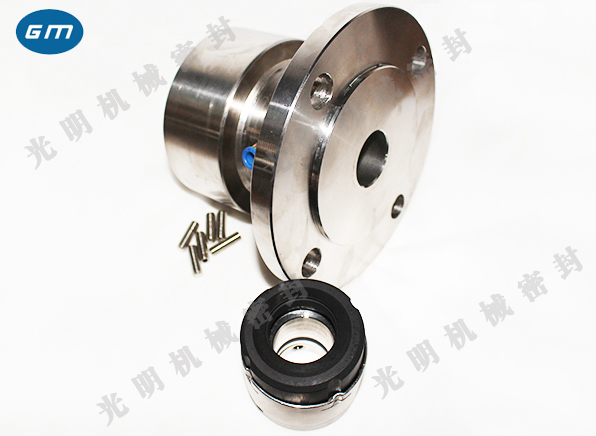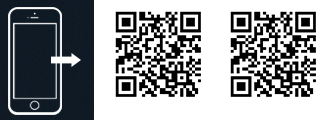Mechanical seal manufacturer Installation of
1 Installation principle
(1) Be familiar with the equipment. Before installing the mechanical seal, be familiar with the rotating speed and diameter of the shaft; Consider the manufacturing process of mechanical seal, relevant dimensions of seal chamber, service time of equipment, staff level of production equipment, etc.
(2) Estimate the pressure of the medium. The seal chamber pressure of centrifugal pump is usually lower than the pump outlet pressure.
(3) Be familiar with sealing medium. Before installing the mechanical seal, be familiar with the state of the sealing medium and the particles contained; Be familiar with the relevant physical characteristics of the medium, so as to prepare for the cooling, flushing, lubrication, etc. in the later period.

2 Technical requirements for installation of mechanical seal
(1) The radial runout of the shaft or shaft sleeve, and the runout tolerance of the end face of the seal cavity to the shaft surface shall comply with the relevant specifications;
(2) The axial displacement of control transmission shaft shall be controlled within 0.2mm;
(3) The temperature of transmission medium shall be effectively controlled by taking measures such as blocking, flushing, cooling and filtering;
(4) When installing the spring driven mechanical seal, the shaft rotation direction should be kept to make the spring more and more tight.
3 Installation method of mechanical seal to ensure quality
(1) Conduct inspection before installation
① Seal the chamber. The specification, diameter and depth of the sealing chamber must meet the relevant dimensional requirements; The coaxiality and perpendicularity of the shaft and the seal chamber meet the requirements. The perpendicularity is generally less than 0.05~0.08mm, and the coaxiality should generally be kept between 0.20~0.25mm. ② Axial displacement of pump shaft. The axial displacement of shaft or shaft sleeve shall be controlled within 0.08mm. ③ The flatness of the friction end face of the moving and stationary rings is the key to ensure the sealing. The simple caliper method can be used to check, that is, stick the caliper to the end face and place it under the backlight, and judge the surface flatness by observing whether the light transmission gap is uniform. ④ The surface roughness of shaft or shaft sleeve shall be 0.32 μ M below ⑤ Intactness and cleanliness of all sealing parts. Carefully check the intactness and cleanness of all seals to ensure that there are no sharp edges, burrs, scratches, cracks and other defects.
(2) Correct and reasonable installation sequence
① Install the static parts of the mechanical seal: first, install the anti rotation pin into the corresponding hole of the seal end cover; Secondly, install the stationary ring seal ring on the stationary ring according to the sequence, and then install the stationary ring in the seal end cover to prevent the anti rotation pin from entering the stationary ring groove during the assembly process. Finally, during installation, avoid collision between stationary ring and shaft. The bolts shall be tightened evenly in several times. ② Assemble the rotating parts of the mechanical seal. Assemble the rotating parts of the mechanical seal one by one on the shaft in order. For the shaft sleeve, assemble the rotating parts of the mechanical seal onto the shaft sleeve in order, and then install the shaft sleeve of the rotating parts of the mechanical seal onto the shaft. ③ Install the end cover on the seal body and fix it with screws. ④ Check whether the turning test run is easy.











